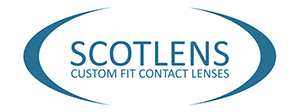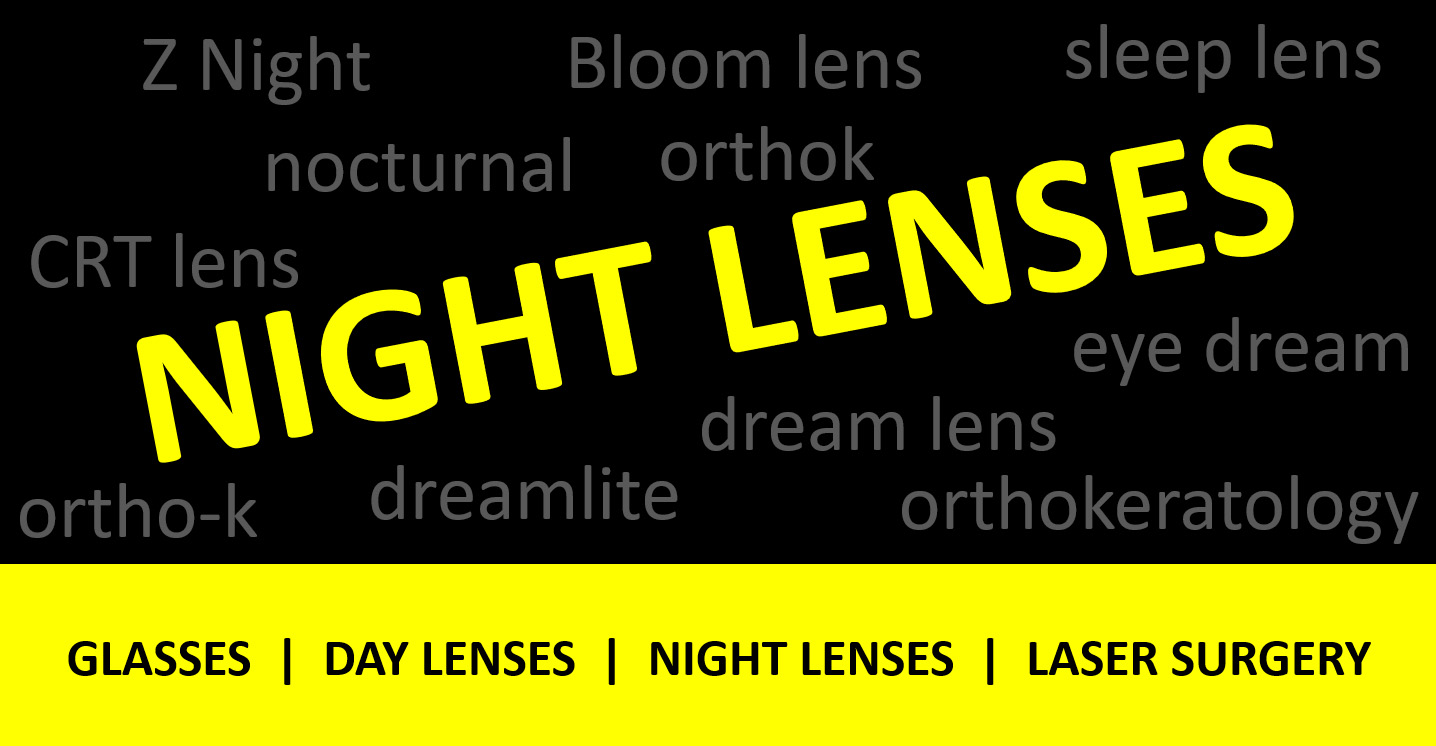By Tom Griffiths, Managing Director, Scotlens
Nobody discusses their successful Photorefractive Keratectomy with friends…
Nobody discusses their successful Photorefractive Keratectomy with friends, or on facebook asks whether to have Laser-Assisted In Situ Keratomileusis. Neither do they say “LASIK changed my life”, which ECP’s know is the abbreviated form for the latter. They talk about ‘Laser eye surgery’. Do they know how it works? Not at all. But they know the difference it will make to their lives despite the risks they openly discuss on social forums. Agreed phraseology over social media and effective communication between patients and the industry has helped to create a global ‘laser eye surgery’ industry worth in excess of $3.5bn.
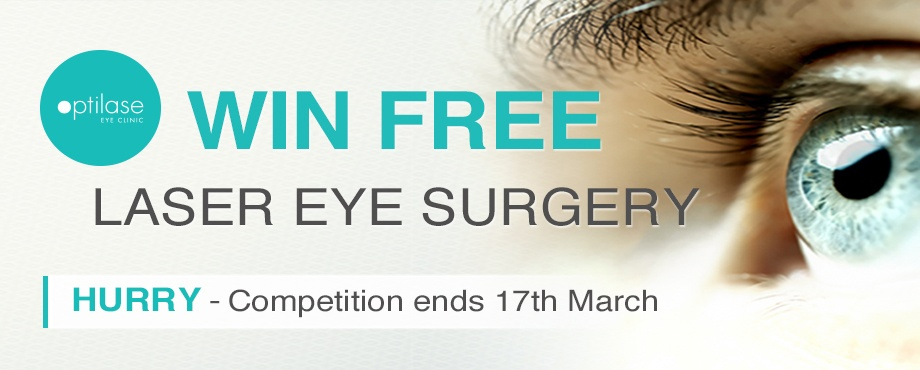
No mention of ‘Photorefractive keratectomy’ – just laser eye surgery
Similarly, in the 1950’s, Dentin Hypersensitivity was discovered and in 1961 Sensodyne developed a toothpaste for it. However, it was only when the public understood that they had ‘sensitive teeth’ and were able to communicate this with their friends, family and, ultimately, their dentist, that demand for, and supply of, ‘Sensitive toothpaste’, started to grow.
- The marketing was simple: you have ‘Sensitive teeth’
- No mention of Dentin Hypersensitivity
- The rest is history, a global market worth over $1bn
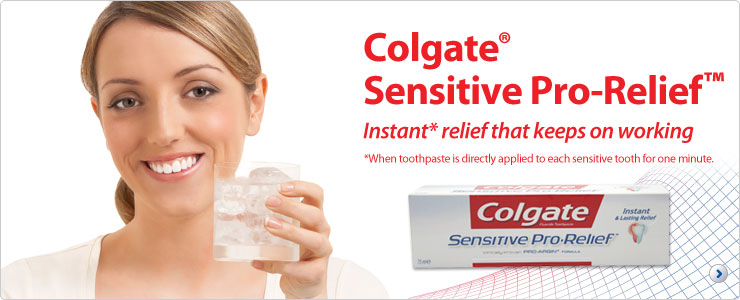
No mention of ‘Dentin hypersensitivity’ – just sensitive teeth
SELL THE SIZZLE, NOT THE SAUSAGE!
What else do the laser surgery and sensitive teeth marketers have in common?
They sell the ‘sizzle’, not the ‘sausage’.
Laser surgery vox pops and imagery are all about lives transformed by people no longer shackled to glasses or contact lenses. They don’t dwell on how it is done because, quite frankly, the public choose to ignore the idea of someone cutting into their eyes with a laser gun!
Sensitive toothpaste adverts don’t get much further than a model with an ice lolly either wincing in pain or smiling as their new dreamed of life, free from pain, has begun. Ultimately, with both laser surgery and sensitive toothpaste, not long after purchase customer nirvana is reached, the dream is achieved
… no glasses, eat ice cream, life is great again:
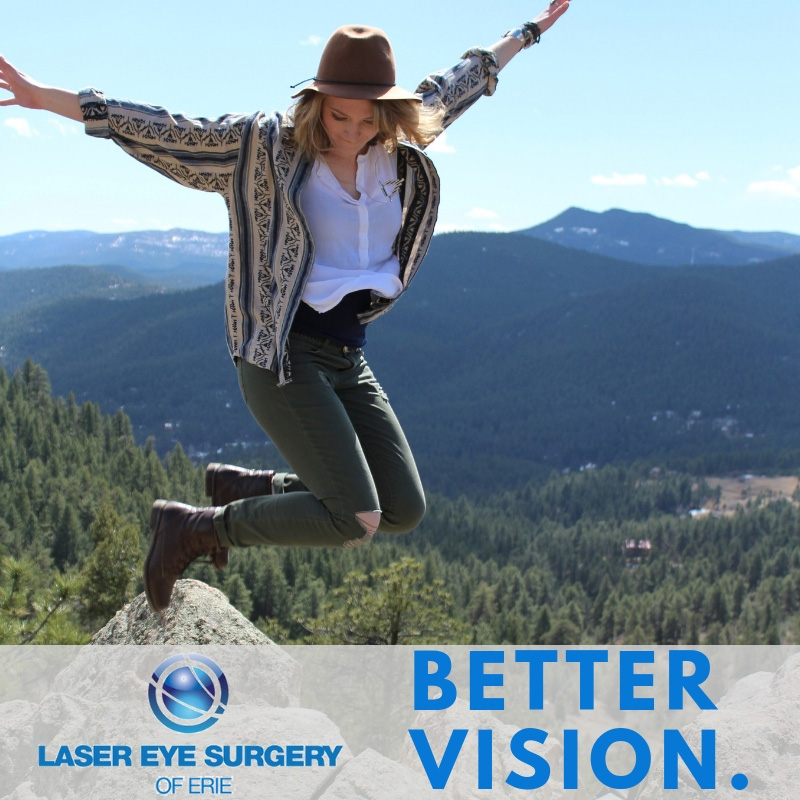
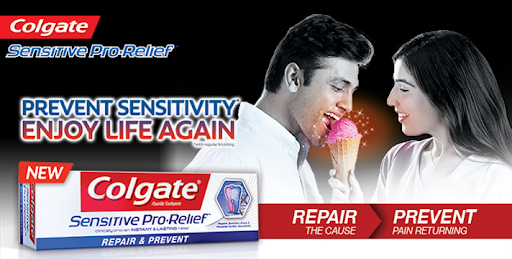
Customers recommend to others, the industry grows.
ORTHOKERATOLOGY | ORTHO-K | ORTHOK
– The “sounds too good to be true” magic lenses!
A few years ago, a ‘sleep-trick’ magic lens was suggested to my wife and I, that would give my short-sighted teenage son 20/20 vision during the day without the need for glasses or contact lenses. It was called Orthok. Written down it read as ‘Or’ ‘Thok’ which sounded odd. Only those in the know pronounce Orthok as ‘Ortho’ ‘K’. It was short for a big medical term – Orthokeratology – which is hard to say, remember and then tell others about. When we researched it further we were met with loads of other names like Nocturnal, No7, dream this, sleep that and pictures of veiny eyes, light focus rays and confusing descriptions of how it worked.
For many Ortho-K marketing is (a) Scary – your eyeball changes shape and (b) a confusing a biology lesson – the public find these types of explanations (below) very hard to understand:
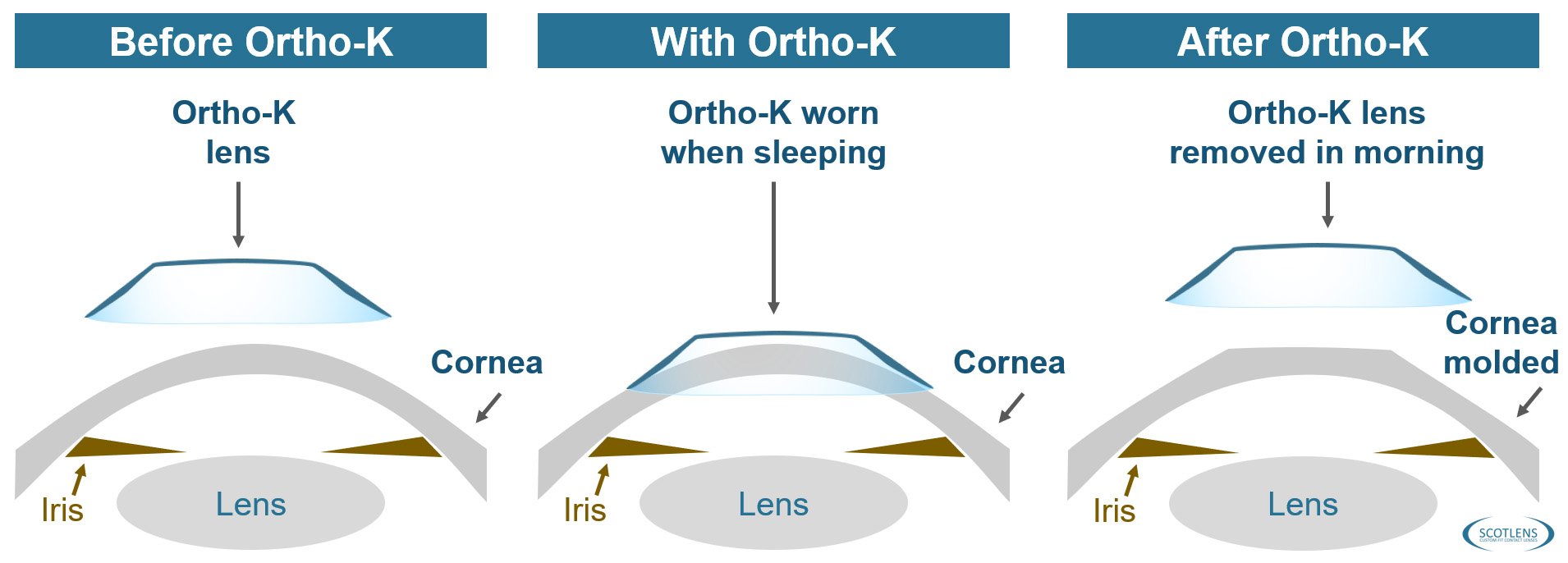
“So, it’s a specialist medical device…?”
Not only did it sound too good to be true, but it sounded like a clunky specialist medical device – ORTHOdontic metal train tracks being the obvious teen comparison. The idea of putting an ‘Ortho’ device in my child’s eye to ‘change the shape of the eyeball’ (a) sounded more dangerous than laser surgery and (b) really didn’t appeal! However, my wife decided to give it a go, as we trusted our Optometrist. And I do what I’m told by my wife.
It was the best thing we ever did
By the time we put my son into Night Lenses aged 13 he was -3.75D and -4D. They changed his life. No, that’s not enough. They absolutely, 100%, transformed his life. He went from a happy sports-mad primary school kid to a lost soul at big school who gave up sport, lost confidence, sat at the front of the class and broke our hearts. He’s now 16, happy, confident, an accomplished surfer (a sport that was impossible for him before he couldn’t see the waves) and an amazing lad taking on the world. Best of all, his myopia has stabilised.
Dad: “When I first taught Benjamin to surf he couldn’t see the waves. He would surf by feel. Now he’s an awesome surfer not held back by anything. The life transformation is amazing!’
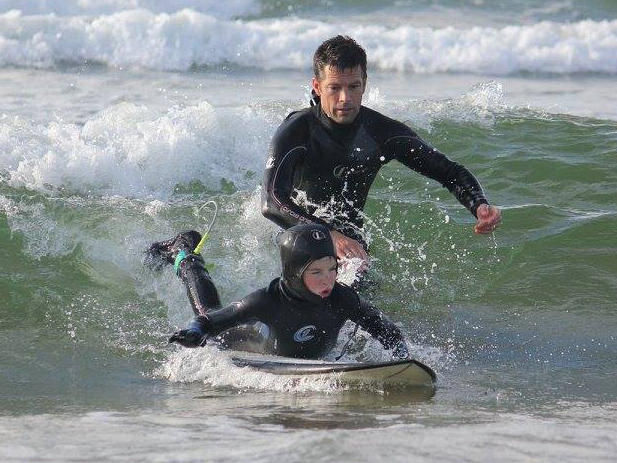
Benjamin pre night lenses – couldn’t see the waves.
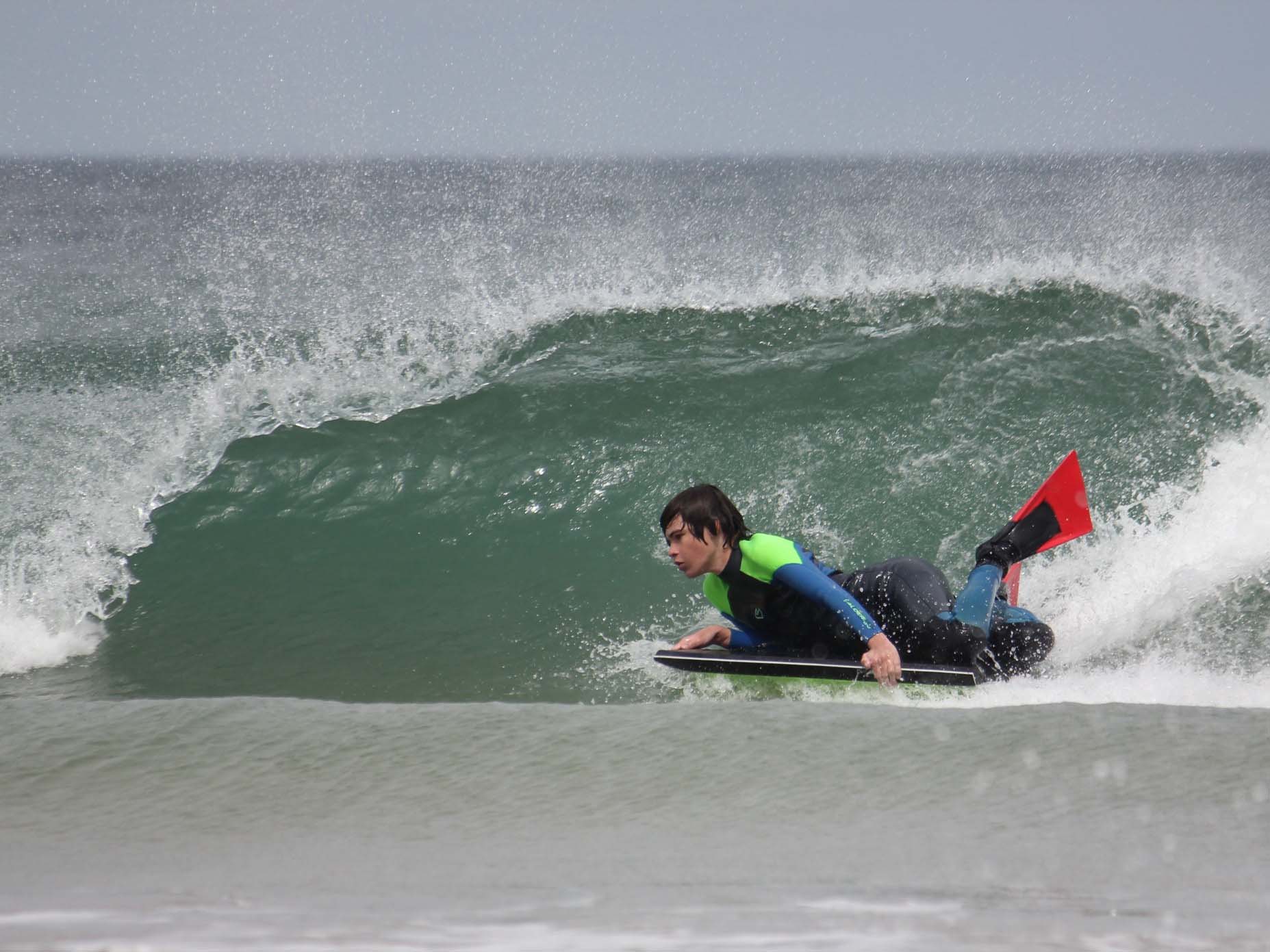
Now 16, he loves to surf. Only possible with night lenses.
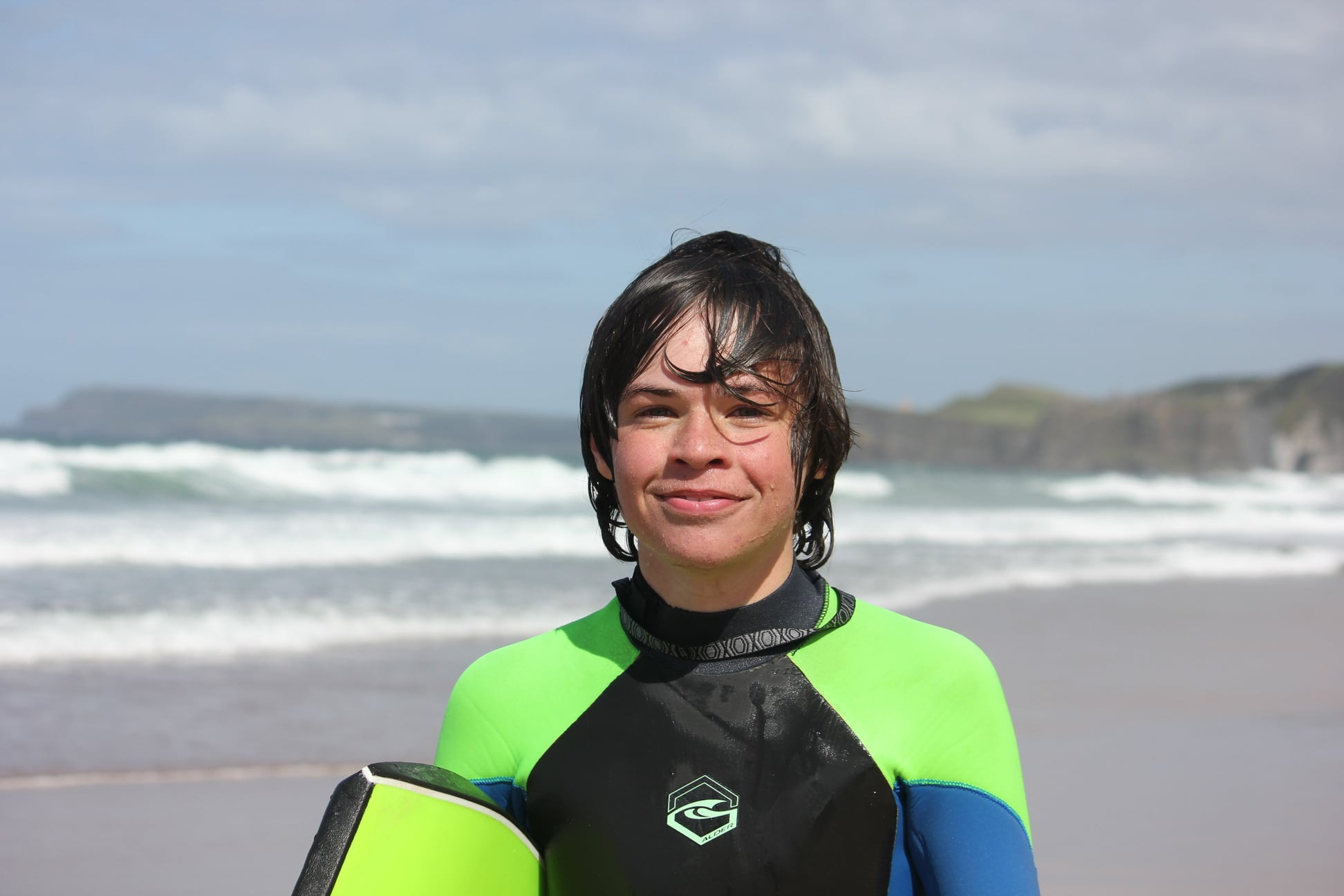
Thanks to night lenses – a happy, confident, young man.
Benjamin: “Night lenses changed my life … I can open my eyes under water, no beach sand in the lens issues … freedom!”
MY SON CALLS THEM NIGHT LENSES. THE PUBLIC CALL THEM NIGHT LENSES
He naturally called them night lenses. We, as parents, naturally call them night lenses when we tell others about them – “he puts them in at night and takes them out in the morning, opposite to a day lens” – they get it. I asked ECP’s about this. The answer: “yes, people colloquially call them night lenses”. Yet the industry seems to keep calling them Ortho-K or by the brand names resulting in mass confusion and low interest-to-conversion.
TIME TO SELL THE SIZZLE, NOT THE SAUSAGE!
Unlike laser surgery and sensitive teeth, we’re still selling the sausage, focusing on a ‘special’ medical device whilst trying to teach orthokeratology to people who, quite frankly, don’t care. They just want a rough idea how it works, to know that it’s harmless, but to understand the sizzle – how it will change their life.
PUT SIMPLY
There are 4 options for eyecare:
1. Glasses
2. Day lenses
3. Night lenses
4. Laser surgery
A simple narrative. Night lenses are no longer off the list as a special medical device. They are on the list as a mainstream option, the contact lens that you wear at night vs during the day.
There are 3 Myopia control device options:
1. Myopia control glasses
2. Myopia control day lenses
3. Myopia control night lenses
ECP’s who explain this choice of 3 find it easier to describe the options to parents and feel more like a health care professional offering patient choice and less like salespeople selling products.
COULD NIGHT LENSES BECOME THE ‘NEXT BIG THING?’ (mainstream, not a niche product)
I asked my son if he would ever go back into glasses. Glasses held him back as a child, so his reply was “No chance!” I then asked him about using day lenses when he was older. As someone with no concept of day lenses, the idea of sticking a lens in his eye every morning and having the hassles of it during the day was “really weird”. A keen surfer it was ridiculous to him that he would swap perfect sight with nothing in his eye, for a day lens that he would have to remove to surf, or could lose in the water or on the beach.
I suspect he’ll wear night lenses for the rest of his life, as naturally as people wear day lenses all their life. We have a wave coming of young night lens wearers who view eyecare with a different mindset. The landscape is changing and an extremely valuable market is opening up.
THE GLOBAL ORTHO-K MARKET IS ABOUT TO EXPLODE
The global Ortho-K market is currently around 1.2% of the global contact lens market [Contact Lens Journal, August 1 2019]. However, as we head towards the well-publicised 50% global myopia by 2050, huge populations like China with high percentages of Myopia are already seeing growth rates in Ortho-K that indicate a rising trend with significant value. The impressive night lens growth in the Netherlands over the past decade is perhaps the closest model for the UK. What do they call them in the Netherlands? Nacht Lens – translated as Night Lens.
Below you’ll see how the big players use nacht lens / night lens to refer to their Ortho-K products on their public facing material in the Netherlands and the UK market:
![]()
![]()

NIGHT LENSES | COOL, INNOVATIVE, ON TREND – THE NEW ‘MUST HAVE’ THING
As for the UK over the next 5 years, night lenses are clearly a device that is on-trend, new, cool and hits the sweet-spot for the Insta-generation and the environmentally conscious crossfit latte drinking young professionals on the constant search for a better lifestyle.
If the narrative is right, night lenses are cool, on trend and in the sweet-spot for the Insta-generation
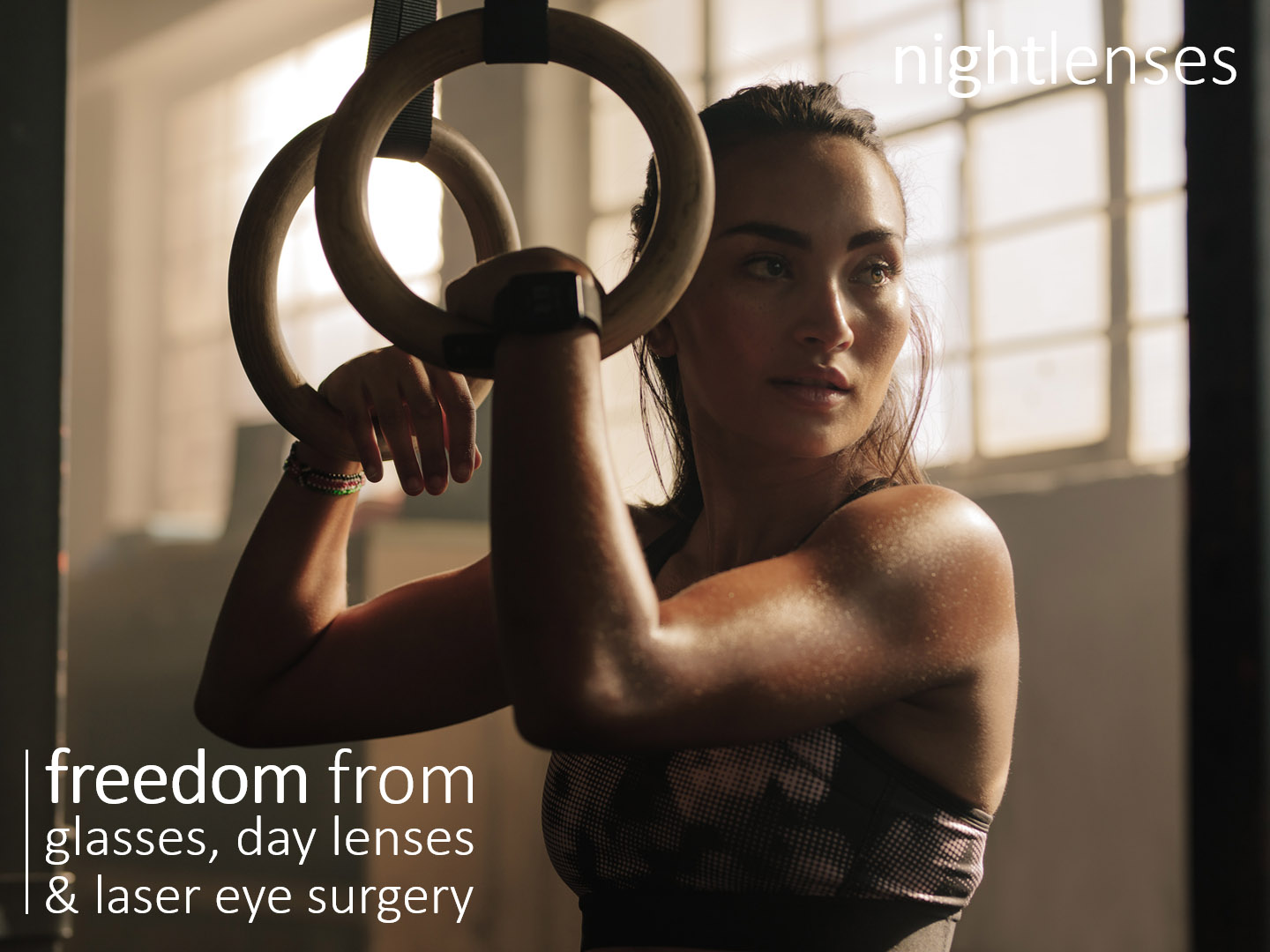
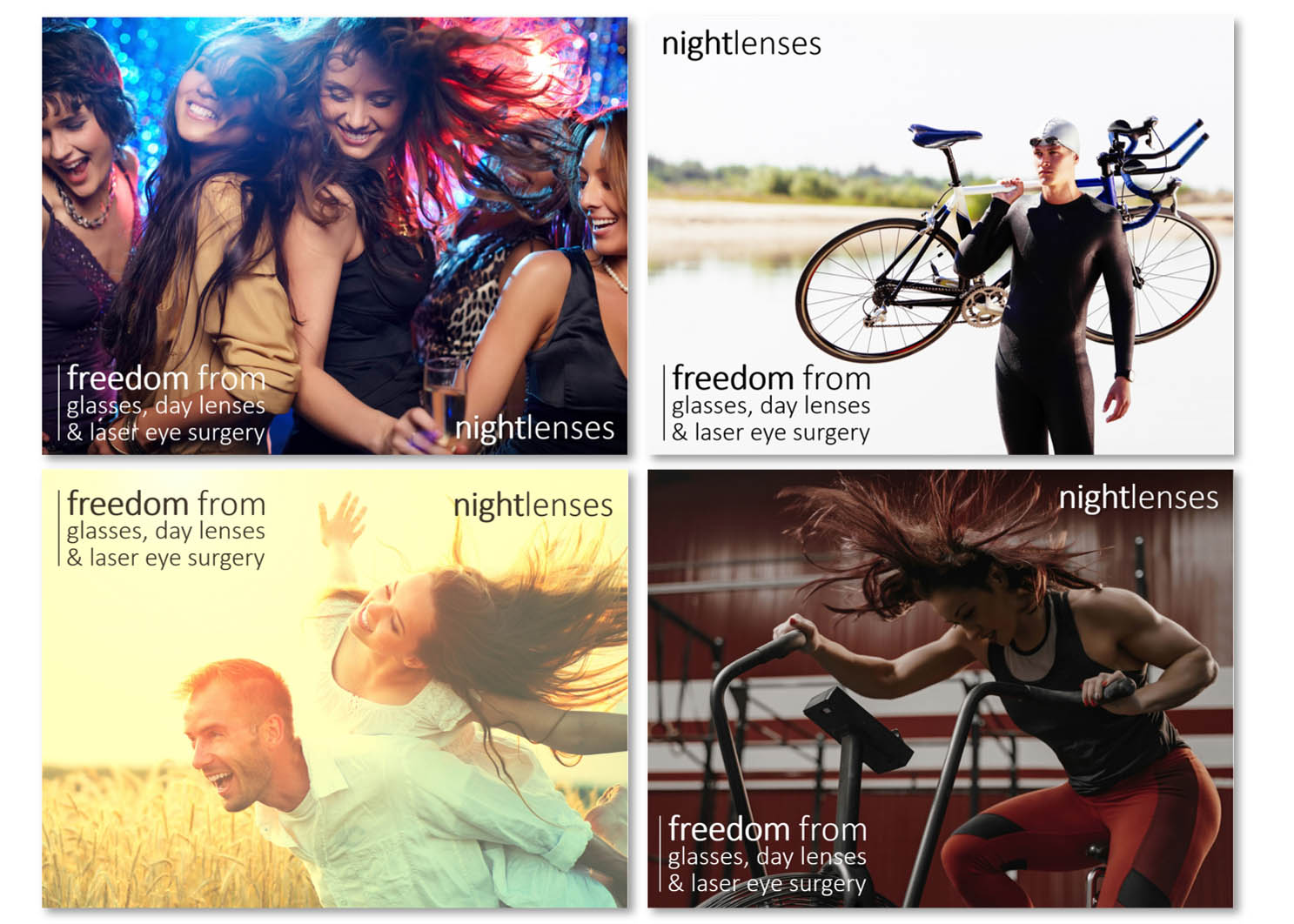
Whilst 2 lenses into landfill per year rather than 730 is a pretty compelling reason to switch from daily lenses into comparably priced night lenses, the idea that the future of eyecare of having nothing in your eyes or on your face has arrived, puts night lenses into the must-have category of the Apple Watch.
That makes it exciting. All the more reason to remember that the public talk about ‘laser surgery’, not ‘Photoreactive Keratectomoy’, ‘Sensitive teeth’ not ‘Dentin hypersensitivity’ – so we should follow suit and deliver the life-changing night lens sizzle that they want, not the medically unappealing Ortho-K sausage we are currently serving up.
ABOUT THE AUTHOR
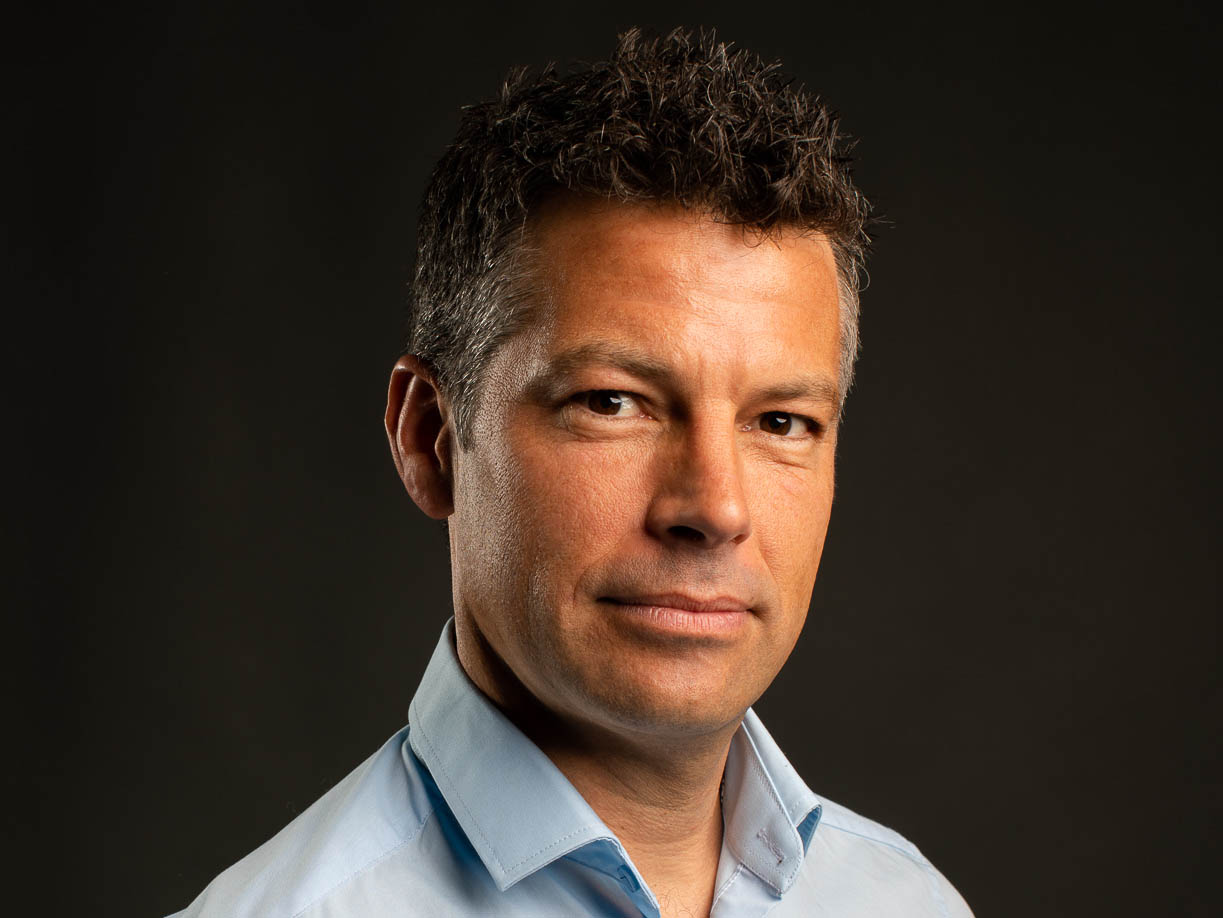 Tom Griffiths has recently joined Scotlens | Custom fit contact lenses as a partner in the Managing Director role.
Tom Griffiths has recently joined Scotlens | Custom fit contact lenses as a partner in the Managing Director role.
Economist, creative, innovator and Sunday Times Top 100 Entrepreneur & Disruptor, Tom was the founder of gapyear.com, a very early social network.
Scotlens make a night lens device called the NOCTURNAL™ lens.
